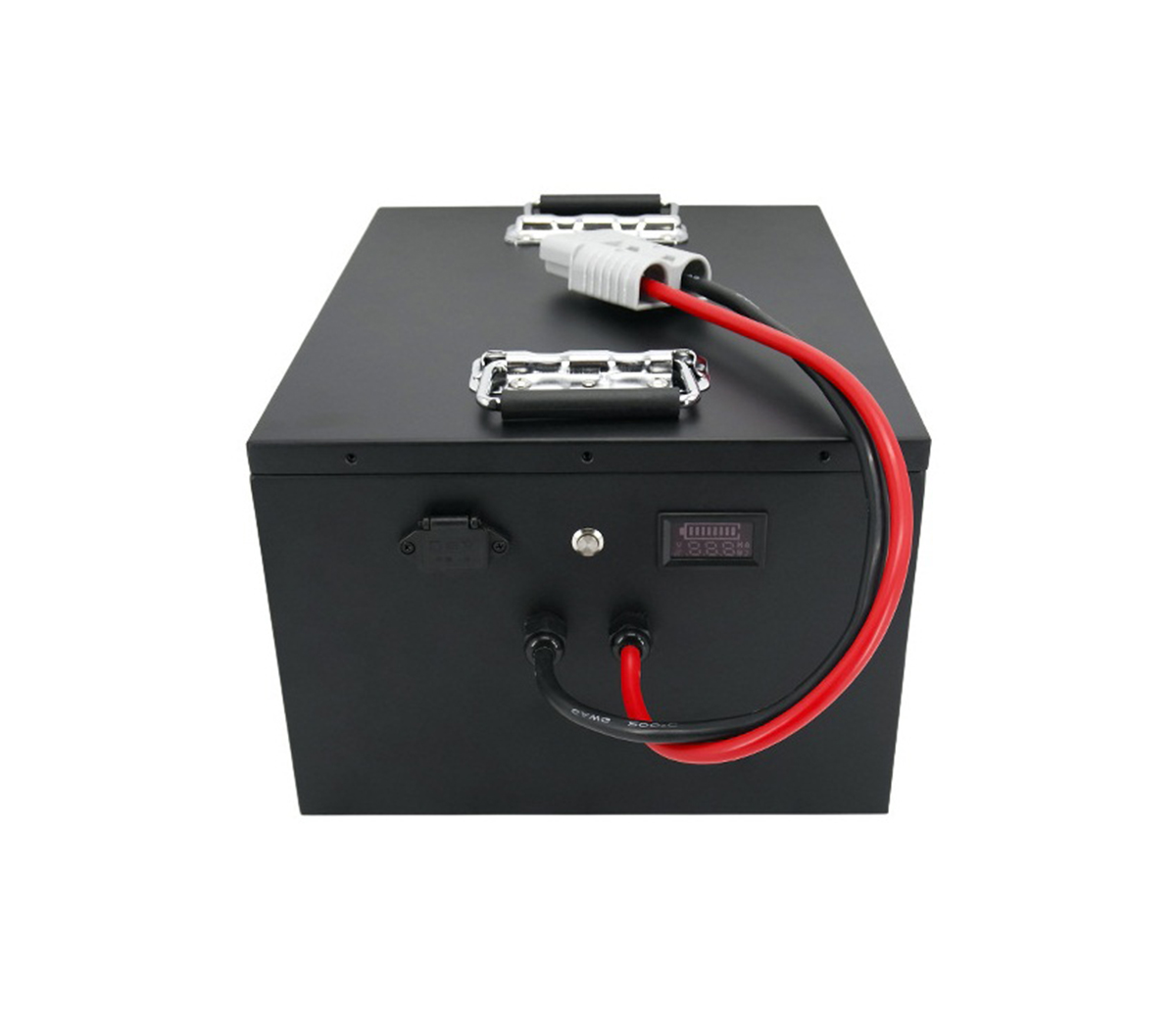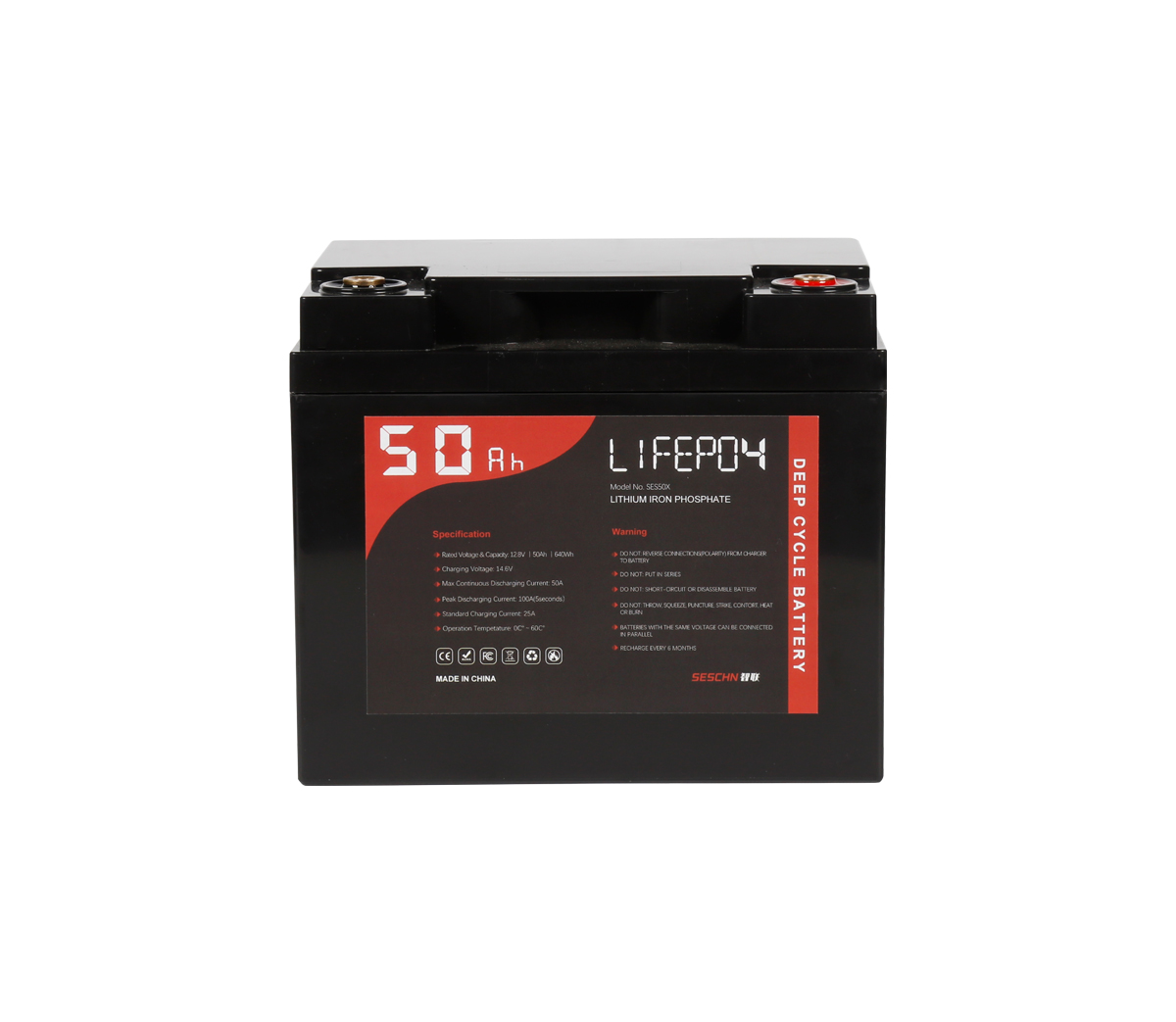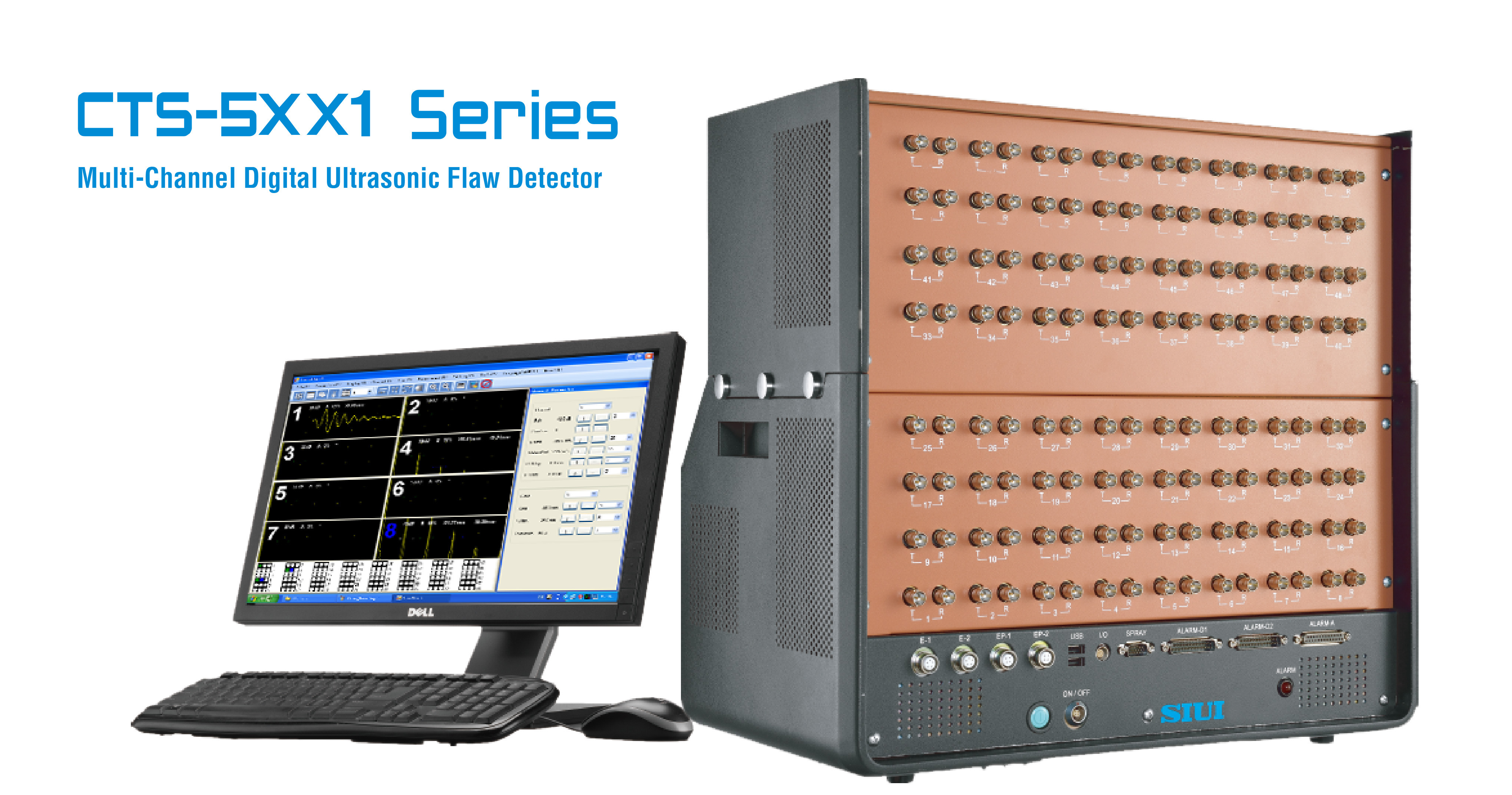Why does lithium-air battery technology suppress side reactions?
There have been many doubts about the research of lithium-air batteries in
the industry. Many people think that the definition of lithium-air batteries is
unclear (it should be called lithium oxygen), the reaction mechanism is
complicated, the polarization efficiency is low, and the cycle life is poor. It
is not a reliable development direction for the battery industry in the future
(power battery demand is an important industry driving force).
In fact, the main driving force for the rapid expansion of the battery
industry in recent years has come from the needs of the power battery industry.
Therefore, the most important thing to consider in the development of battery
technology and the practical application of the technology is the need for power
batteries. At this time, The extreme polarization of lithium-air batteries even
at low rates will inevitably lead to very undesirable energy efficiency and rate
performance, which is also an important obstacle to be overcome in the practical
use of power batteries.
Lithium-air battery is a very potential high-capacity battery technology.
It uses the reversible reaction of lithium metal and oxygen. The upper limit of
the theoretical energy density reaches 11000Wh/kg, which far exceeds the current
actual energy density of 200+Wh/kg. It has been enthusiastically praised by
academia and industry, and is widely regarded as a future disruptive technology
in the battery field. However, there have been many doubts about the research of
lithium-air batteries in the industry. Many people think that the definition of
lithium-air batteries is unclear (it should be called lithium oxygen), the
reaction mechanism is complicated, the polarization efficiency is low, and the
cycle life is poor. It is not a reliable development direction for the battery
industry in the future (power battery demand is an important industry driving
force). Of course, in this process, researchers continue to work hard and
produce many results, and the discussion on the prospects of this direction is
also deepening.
Recently, American scientists and others have achieved a breakthrough in
the research of lithium-air batteries. They published a paper on "NATURE" and
successfully made a battery that can be circulated in an air-like atmosphere for
more than 700 times. The problems of pure oxygen reaction and poor cycle life
(often only dozens of times) have made significant progress in scientific
research in this field. Here, the author will briefly introduce the research
progress of the article, and briefly look forward to the future
industrialization and practical prospects of lithium-air battery technology.
1. Discussion on the concept of lithium-air battery technology-the
importance of suppressing side reactions
A major advantage of lithium-air battery technology is that the theoretical
density upper limit of 11000Wh/kg is almost comparable to that of fossil fuels.
However, this data is only one of the most optimistic estimation methods.
In the preparation reaction, if the mass proportion of O2 is not
calculated, it is considered inexhaustible from the air. Of course, the energy
change value of pure lithium in this reaction can be directly calculated to
obtain the ideal value of 11500Wh/kg (the figure below) . However, the
calculation is actually not rigorous: 1) The specific energy calculation of the
reaction system should not exclude the mass of the reaction gas. If the mass of
O2 is calculated, the energy density of the reaction system will immediately
drop to 3500Wh/kg; 2) Actual The upper lithium metal will have a complex
irreversible reaction with almost all components in the air, which is also a
major bottleneck of the lithium-air battery system technology.
The calculation of the theoretical energy density of lithium-air batteries
(excluding the mass of oxygen) is taken from the report "Electrically
Rechargeable Metal-airBatteriesCompared to AdvancedLithium-ionBatteries" by Jeff
Dahn.
Therefore, in fact, the strict definition of lithium-air battery (Li-air)
is lithium-oxygen battery (Li-O2), and inhibiting the complex reaction between
lithium metal and other components in the air is actually the most important
first of lithium-air batteries. The basic problem to be solved.
2, the solution of this article
The solution is: in an atmosphere full of CO2, the lithium negative
electrode is subjected to repeated electrochemical charging and discharging
cycles to form a Li2CO3/C composite protective layer on the surface. The
researchers used SEM, EELS, and XPS to characterize the dense morphology,
chemical bonding state, and element existence of the layer, and confirmed the
formation of the layer. Then they tested the lithium electrode with a protective
layer, and they found that even in the stripping test (0.5mA/cm2) where all the
lithium is used up in the deep cycle, it can achieve a retention rate of 99.97%
of lithium capacity/substance in a weekly cycle. , This data is much higher than
other research results in the industry.
3. Full battery reaction, life and protection layer preparation process
optimization
A full battery was made with MoS2 cathode, lithium anode with the
protective layer, and EMIM-BF4/DMSO (25%/75%) mixed electrolyte, and the
experiment was conducted in an artificially prepared air-like atmosphere. The
reaction in the first week started at 2.92V, which was very close to the
potential 2.96V formed by Li2O2, indicating that the main reaction proceeded
well, reaching a specific capacity of 500mAh/g at 3.75V. The polarization
voltage difference in the first cycle was 0.88V, after 50 weeks it was 1.3V, and
after 550 weeks it was 1.62V. After the reaction reaches 700 weeks, the battery
can still work; in contrast, the unprotected lithium-air battery can only be
cycled for about 10 times before it has failed. Regarding the choice of the
thickness of the protective layer, the author of this article believes that a
too thin protective layer will cause the electrolyte to decompose, and a thick
protective layer will cause a large charge transfer potential and side
reactions, so it needs to be optimized. Through experiments, it is found that
the thickness of the protective layer prepared by 10 cycles is the most
suitable.
Battery with protective layer The charge-discharge curve B from the first
week to the 550th week of the reaction The protective layer samples prepared by
10 pre-cycles can achieve the best cycle performance
Lithium-air and lithium-oxygen batteries change with the polarization
voltage of the cycle
4. Various characterization methods illustrate the inhibition of side
reactions
Further, the author used RAMAN to study the discharge products on the
surface of the positive electrode after cycling, and found that only Li2O2
needed for the reaction, no other impurities, and the Li2O2 also showed good
stability in the electrolyte. The author also combined the NMR method to further
prove that there is no more complicated reaction caused by CO2 and H2O, which
are common in the air. Finally, the author also combined the calculation method
of DFT to show that the protective layer can effectively prevent N2 and O2 from
diffusing to the lithium metal negative electrode (inhibiting side reactions),
but is conducive to the diffusion of lithium ions to the positive electrode
(required reaction). The ABINITIO algorithm also shows that the reaction between
water molecules and Li2O2 is thermodynamically difficult, and the reaction with
CO2 requires multiple clusters of CO2, which is difficult to achieve under the
condition of low CO2 concentration in the air.
5. Summary
It can be seen from the above that this article gives a detailed analysis
and characterization method, which shows that the method of growing the
protective layer has a significant effect on the suppression of side reactions
of the lithium-air battery and the improvement of the cycle life. These two
issues are the core challenges that plague lithium-air batteries, so the work of
this article can be said to have made important breakthroughs in basic
research.


































